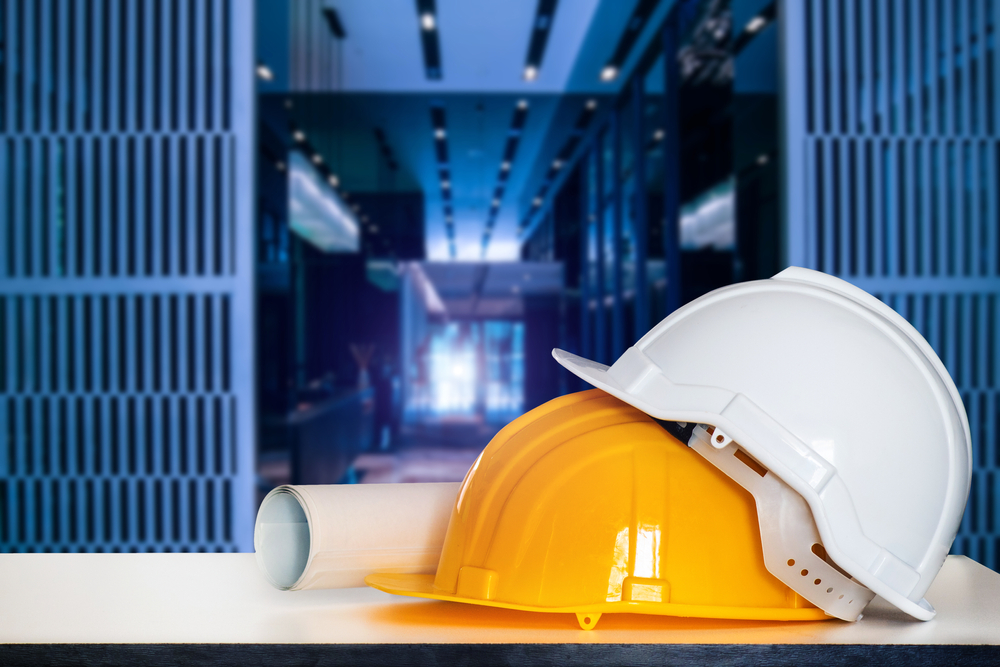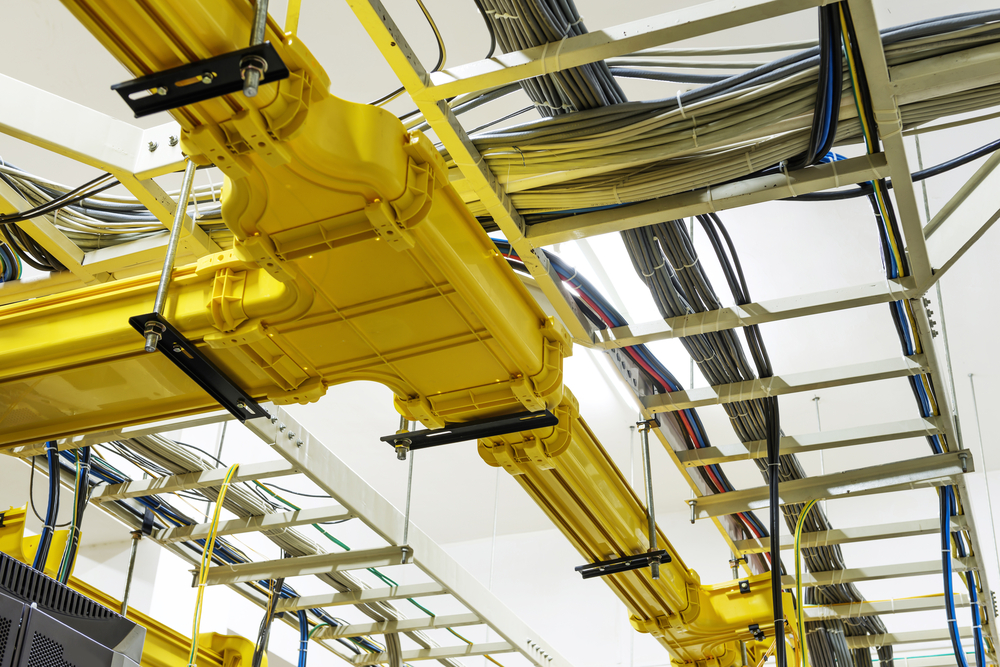Two decades ago, if someone used the phrase “data center” in a sentence, the mental image would bear little resemblance to the massive 100MW+ hyperscale cloud facilities popping up around the country. In those early days of ecommerce, a single IT cabinet with eight 4U servers consuming 2 kW of power was considered state-of-the-art. Most data centers were located in renovated flex warehouses or commercial office buildings, and 30,000 SF of white space would have been huge.
Today, 10 kW-15 kW cabinets are the basis of most new designs, with an increasing number of end users who need 20 kW+. Single occupant suites with 1,000 IT cabinets are commonplace, and a data center with 300,000 SF of compute space is fairly average. It’s no surprise that facility infrastructure has been forced to evolve along with this massive increase in power density.
What are we to do with the hundreds of “legacy” data centers that were constructed in the late 1990’s and early 2000’s? Thus far, two alternatives appear to make the most sense. Some of these older sites are finding new life by supporting enterprise colocation customers and offering non-hyperscale cloud services. Many are being upgraded to offer greater power densities and larger footprints. Sadly though, other properties are simply not going to survive. For the latter group, it only makes sense to convert them back into shell/warehouse or office space.
This year, we have witnessed a noticeable uptick in the number of data centers slated for decommissioning. For those of us who witnessed the modern history of data center development since Y2K, this is a somewhat depressing sight. There are truly iconic addresses among these soon-to-be-shell space data centers. If only there was an Historic Registry for internet facilities, maybe we could save them!
For example, the original MAE East in Tysons Corner, VA is little more than a well-connected office building today. Down the street, the last remaining pieces of infrastructure that supported AOL’s first data center are slated for removal this year, and an old telecom data center has been converted into an indoor soccer/lacrosse facility. Further out toward Ashburn, the first large data center in NoVA for one of the web hosting industry pioneers, Verio, is being converted into office space as these words are typed.
Strangely, in an era of historic data center expansion, one of the fastest growing industry segments is the decommissioning of first and second generation data centers.
If you have a legacy data center that needs to be upgraded to meet the needs of today’s customers, or decommissioned out of existence, Compu Dynamics is the only firm you need to call.










